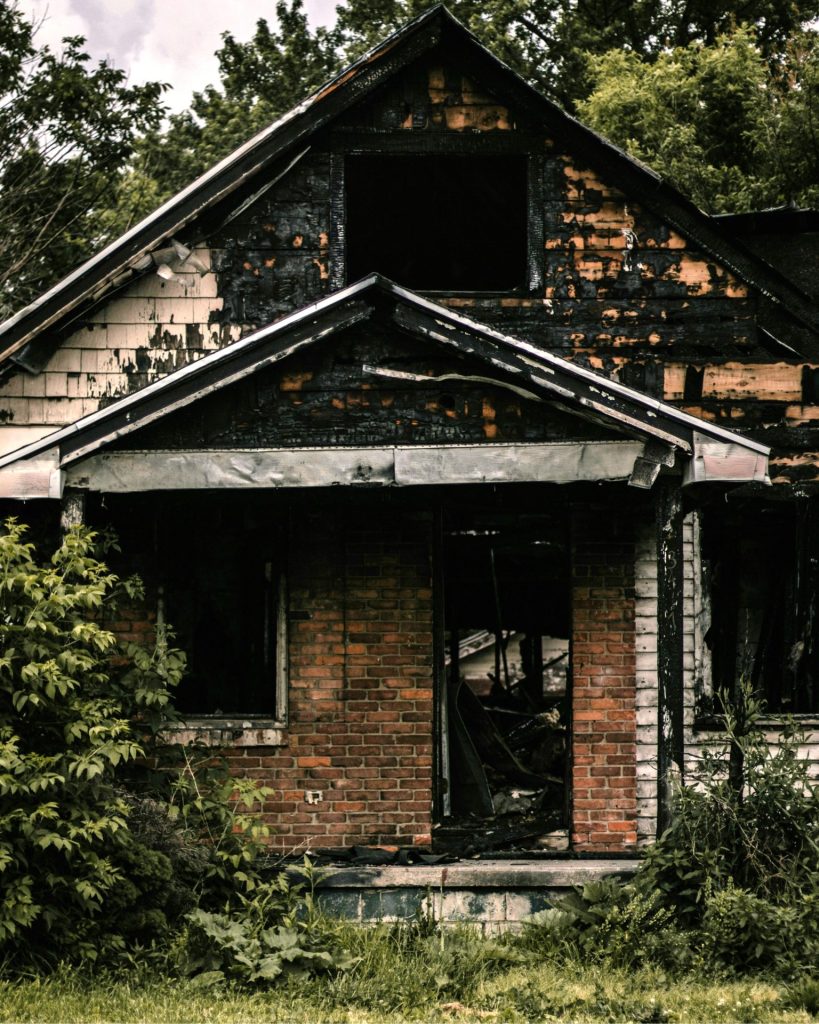Dry ice blasting is an effective method for cleaning a fire-affected house, especially when it comes to removing soot, smoke residue, and other contaminants left behind, including harmful chemicals used by fire brigades.
- Process: Dry ice blasting uses solid carbon dioxide (CO2) pellets that are accelerated in a pressurized air stream. When the pellets hit the surface, they sublimate (turn into gas) instantly, causing a rapid temperature change. This, combined with the force of the blast, helps lift soot and grime from various surfaces without damaging the underlying material.
- Advantages:
- Non-abrasive: Unlike traditional abrasive cleaning methods, dry ice blasting is gentle on surfaces, which means it can be used on sensitive materials (wood, plaster, and some types of paint)
- Eco-friendly: Dry ice is a natural material, and the process leaves no chemical residue, making it safer for both the environment and people.
- No secondary waste: The dry ice sublimates into a gas, meaning there’s no waste material to clean up after the job, unlike sandblasting or other methods that create additional debris.
- What it works on:
- Soot Removal: It’s especially effective for removing soot and smoke damage from walls, ceilings, floors, and furniture.
- Tough Odors: While it doesn’t directly neutralize odors, it can help with surface cleaning that may reduce lingering smells.
- Hard-to-reach areas: Dry ice blasting can get into crevices and other difficult-to-reach places, making it a good option for cleaning intricate architectural details or tight spaces
Conversely, flood-affected properties are exposed to mold and mildew that can grow rapidly. The dry ice sublimates upon contact, meaning it turns directly into gas without leaving any residue. This helps remove mold and mildew from walls, ceilings, and other surfaces without causing water damage.
Cleaning without Moisture: Unlike traditional cleaning methods that use water, dry ice blasting is a dry process. This is particularly useful in flood-affected homes where extra moisture can lead to more mold growth or damage.


